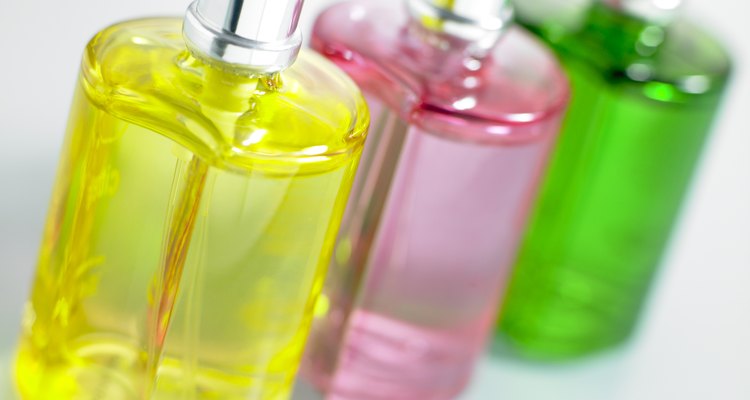
BananaStock/BananaStock/Getty Images
Cologne is simply a watered down or diluted form of perfume. It was first made in Cologne, Germany back in 1709 by Giovanni Maria Farina. Because cologne is not as strong or as perfume, it can be used more liberally and is sold as after shave or body splashes in addition to fragrant sprays. Cologne should always be kept in a cool area with a closed lid so the fragrance does not dissipate too quickly into the air. The main ingredients used in cologne are water, alcohol and fragrance.
Alcohol

BananaStock/BananaStock/Getty Images
Ethanol alcohol is one of the main ingredients used in cologne. Alcohol is used in the distillation process of the aroma producing compounds. Distillation involves heating the materials used for the aroma with alcohol, which causes the fragrance compounds to release from the material. The next step is to put it through a coil condensation system where the liquid cools and the pure aromatic oils are collected into a beaker.
Water

Jupiterimages/Comstock/Getty Images
Distilled water is a carrier solvent in the distillation process. This means it captures and transports the fragrance once it has been released during the heating period. Basically, steam from the heating of the alcohol and aromatic compound infiltrates the compound where the volatile oils are released into the steam. As the steam condenses, the pure oils will drip into a flask or beaker.
Fragrance
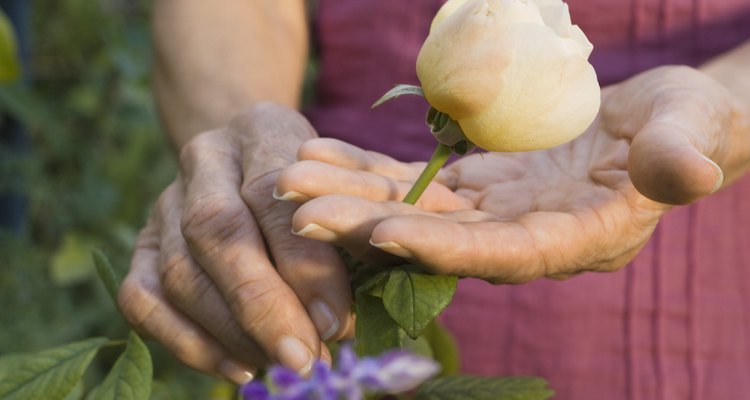
Jupiterimages/Pixland/Getty Images
The actual fragrance is created from the essential oils in plant material. This comes from various fragrant plants, barks and flowers. These are natural components captured through distillation. The more essential oils contained in the cologne or perfume, the more expensive and exclusive it is. Colognes are made with all sorts of combinations of flowers and plants whose aromas mix well. There are, however, artificial or synthetic materials that are used these days. Chanel No. 5 was the first perfume to contain synthetic fragrance. Synthetic aromatics are made in a laboratory, not derived from natural materials. The purpose of using synthetics is to keep production costs low and to create greater quantities of cologne.
Related Articles

Purpose of Perfume

Grandpa's Pine Tar Soap Ingredients
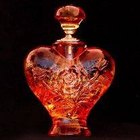
How to Make Alcohol Based Perfume
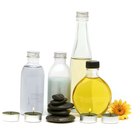
How to Make Cologne From Essential Oils

Merle Norman Ingredients
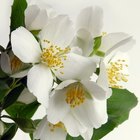
How to Make Your Own Essential Oil ...
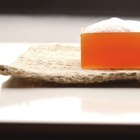
Ingredients of Bar Soap

Inert Ingredients for Dove Shampoo
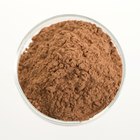
Properties of Bentonite Magmas

Aveda Shampure Ingredients
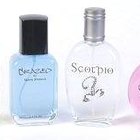
How to Make Men's Cologne

Ingredients in Restylane

What Is the Purpose of Cologne?

Chi Silk Infusion Ingredients

How to Extract Eucalyptus Oil

Ingredients for Perfume Making
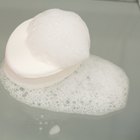
Cetaphil Antibacterial Cleansing Bar ...

Liquid Smoke Ingredients

How to Make Lavender Mist Spray

How to Make Essential Oil From Flower ...
References
Writer Bio
Gemma Argent writes articles and essays for Associated Content, HART, Horizon Magazine, and Canada. She writes fiction for Aria Kalsan and sci-fi and essays for Writing Edge magazine. She has bachelor's degrees from the University of Nevada, Reno, in environmental resources and archaeology and has done graduate coursework from the University of Nevada, Las Vegas, in water resources and writing.
Photo Credits
BananaStock/BananaStock/Getty Images